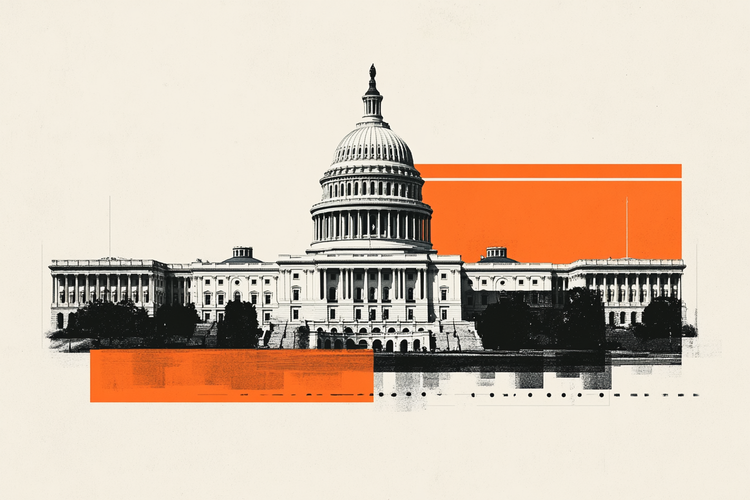- The US Dollar Index (DXY) is trading neutral at 105.90, closing with a weekly gain of 0.80%.
- Fed hawks revived USD strength during the week.
- UM consumer sentiment data was lower than expected.
- Attention is focused on next week’s October US inflation data.
He US dollar (USD) showed minimal movement on Friday. The US Dollar Index DXY, which measures the value of the US dollar against a basket of global currencies, was flat at 105.90 as the bulls appear to take a breather. The dollar strengthened after hawks at the Federal Reserve (Fed) hinted that there could be further tightening, which revived the US Treasury, allowing the dollar to gain interest.
Even though the US labor market showed signs of cooling last week, several officials, including Chairman Powell, appeared dissatisfied with the progress made on inflation. They spoke in cautious tones, welcoming the recent data but leaving the door open to further tightening if necessary. Attention appears to have focused on next week’s October US inflation figures.
Daily summary of market movements: The Dollar flattens and consolidates weekly gains
- The Dollar Index remains slightly neutral at 105.90 after rising in three of the last four sessions.
- The University of Michigan revealed that the November Michigan Consumer Sentiment Index came in below expectations at 60.4 versus the consensus of 63.7, down from its previous reading of 63.8.
Markets are awaiting the US October Consumer Price Index (CPI) figures next week. - Initial jobless claims for the week ending Nov. 3 came in at 217,000, below the expected 218,000 and fell from its last reading of 220,000.
- After last week’s sharp decline, US Treasury yields recovered throughout the week. The 2-year Treasury yield rose again to 5%, while longer-term rates, 5 and 10 years, rose to 4.59% and 4.60%, which appears to limit declines in the dollar.
- Investors remain on the sidelines, waiting for high-level reports to continue placing their bets on the Fed’s next decision.
- According to CME’s FedWatch tool, the odds of a 25 basis point hike in December are extremely low, below 10%.
Technical Analysis: Dollar Index nears 20-day SMA, bulls must intervene
Analyzing the daily chart, a neutral outlook is observed for the US Dollar Index (DXY). What gives neutrality to the outlook is that the index remains below the 20-day SMA, but above the 100- and 200-day SMA. The bulls are striving to reclaim the 20-day SMA in the near term. As long as the bears keep the index below this level, the DXY will be prone to further declines.
Meanwhile, the Relative Strength Index (RSI) turned flat above its midpoint, while the Moving Average Convergence (MACD) shows flat red bars suggesting that the bears’ momentum has flattened contributing to the neutral outlook.
Support levels: 105.80, 105.00, 105.30.
Resistance levels: 106.00, 106.10 (20-day SMA), 106.30.
US Dollar FAQ
What is the US Dollar?
The United States Dollar (USD) is the official currency of the United States of America, and the “de facto” currency of a significant number of other countries where it is in circulation alongside local banknotes. According to 2022 data, it is the most traded currency in the world, with more than 88% of all global currency exchange operations, equivalent to an average of $6.6 trillion in daily transactions.
After World War II, the USD took over from the Pound Sterling as the world’s reserve currency. For most of its history, the US dollar was backed by Gold, until the Bretton Woods Agreement of 1971.
How do the decisions of the Federal Reserve affect the Dollar?
The single most important factor influencing the value of the US Dollar is monetary policy, which is determined by the Federal Reserve (Fed). The Fed has two mandates: achieve price stability (control inflation) and promote full employment. Your main tool to achieve these two objectives is to adjust interest rates.
When prices rise too quickly and inflation exceeds the 2% target set by the Fed, it raises rates, which favors the price of the Dollar. When Inflation falls below 2% or the unemployment rate is too high, the Fed can lower interest rates, which weighs on the Dollar.
What is Quantitative Easing and how does it influence the Dollar?
In extreme situations, the Federal Reserve can also print more dollars and enact quantitative easing (QE). QE is the process by which the Fed substantially increases the flow of credit into a clogged financial system.
This is an unconventional policy measure used when credit has dried up because banks do not lend to each other (for fear of counterparty default). It is a last resort when a simple lowering of interest rates is unlikely to achieve the necessary result. It was the Fed’s weapon of choice to combat the credit crunch that occurred during the Great Financial Crisis of 2008. It involves the Fed printing more dollars and using them to buy US government bonds, primarily from financial institutions. QE usually leads to a weakening of the US Dollar.
What is quantitative tightening and how does it influence the US dollar?
Quantitative tightening (QT) is the reverse process by which the Federal Reserve stops purchasing bonds from financial institutions and does not reinvest the principal of maturing securities into new purchases. It is usually positive for the US dollar.
Source: Fx Street
I am Joshua Winder, a senior-level journalist and editor at World Stock Market. I specialize in covering news related to the stock market and economic trends. With more than 8 years of experience in this field, I have become an expert in financial reporting.







